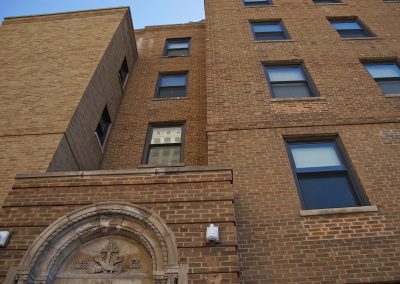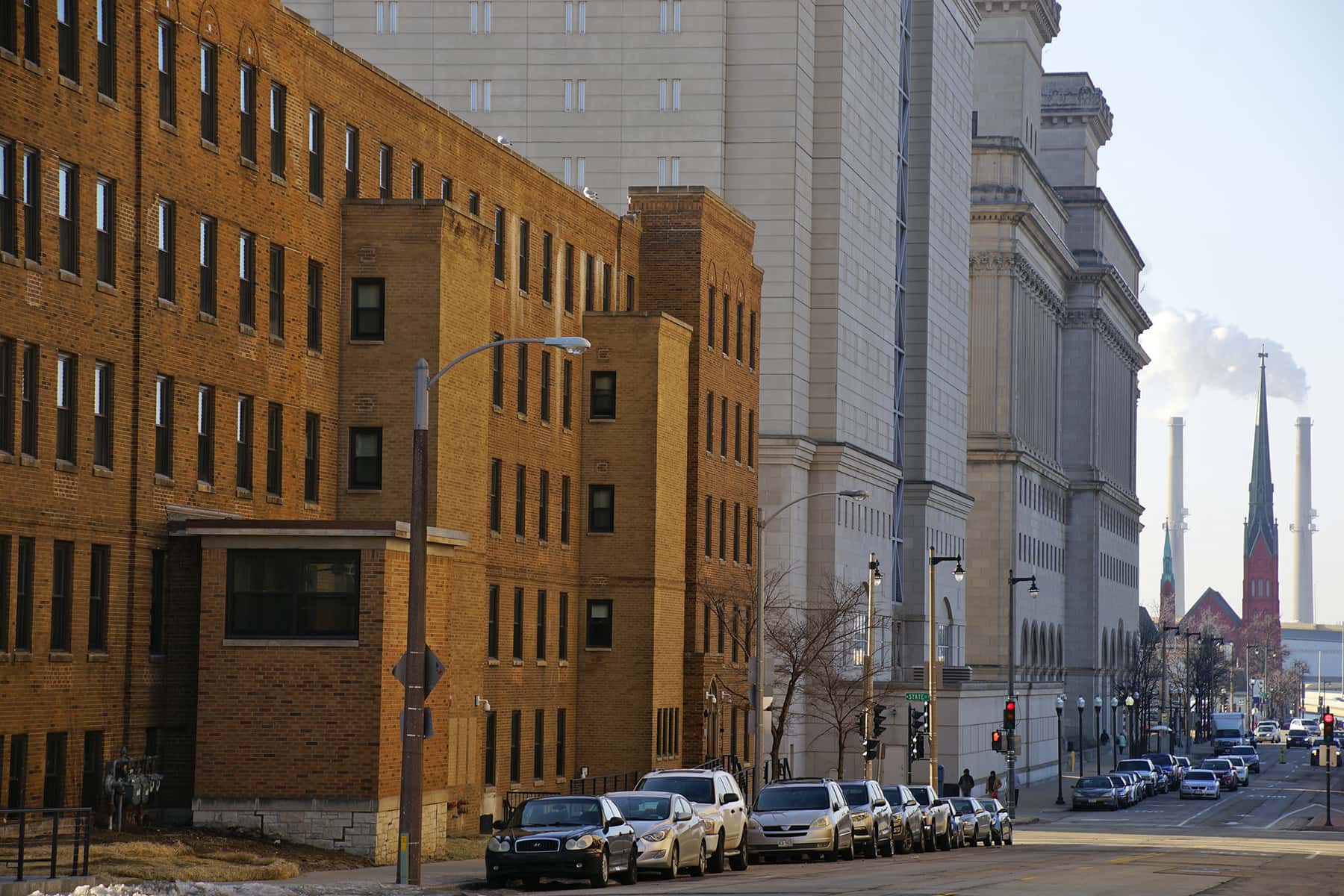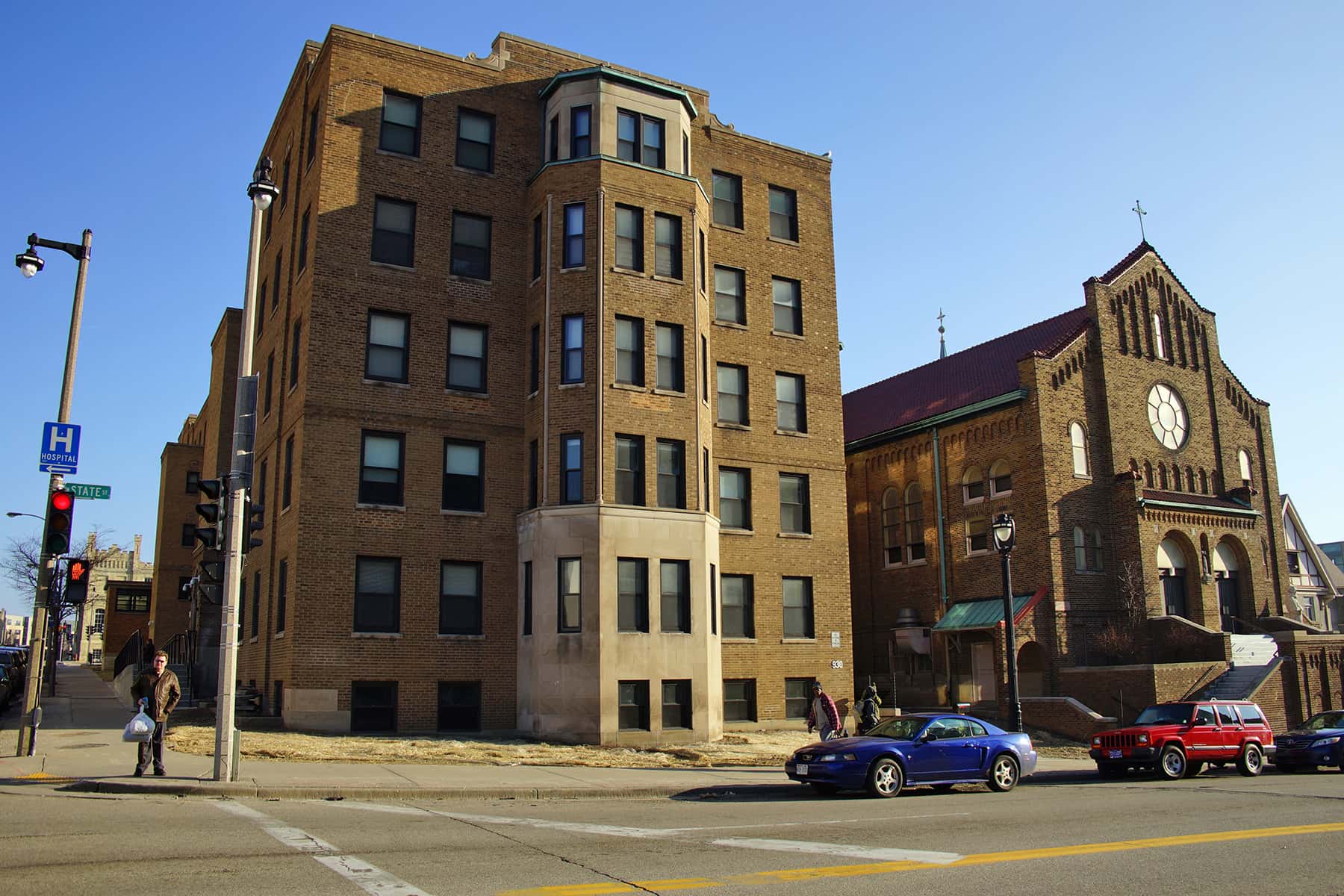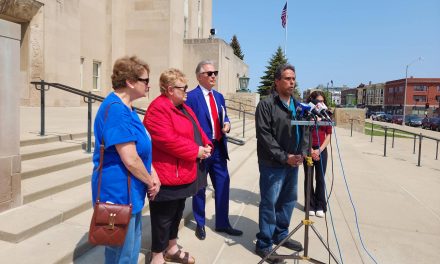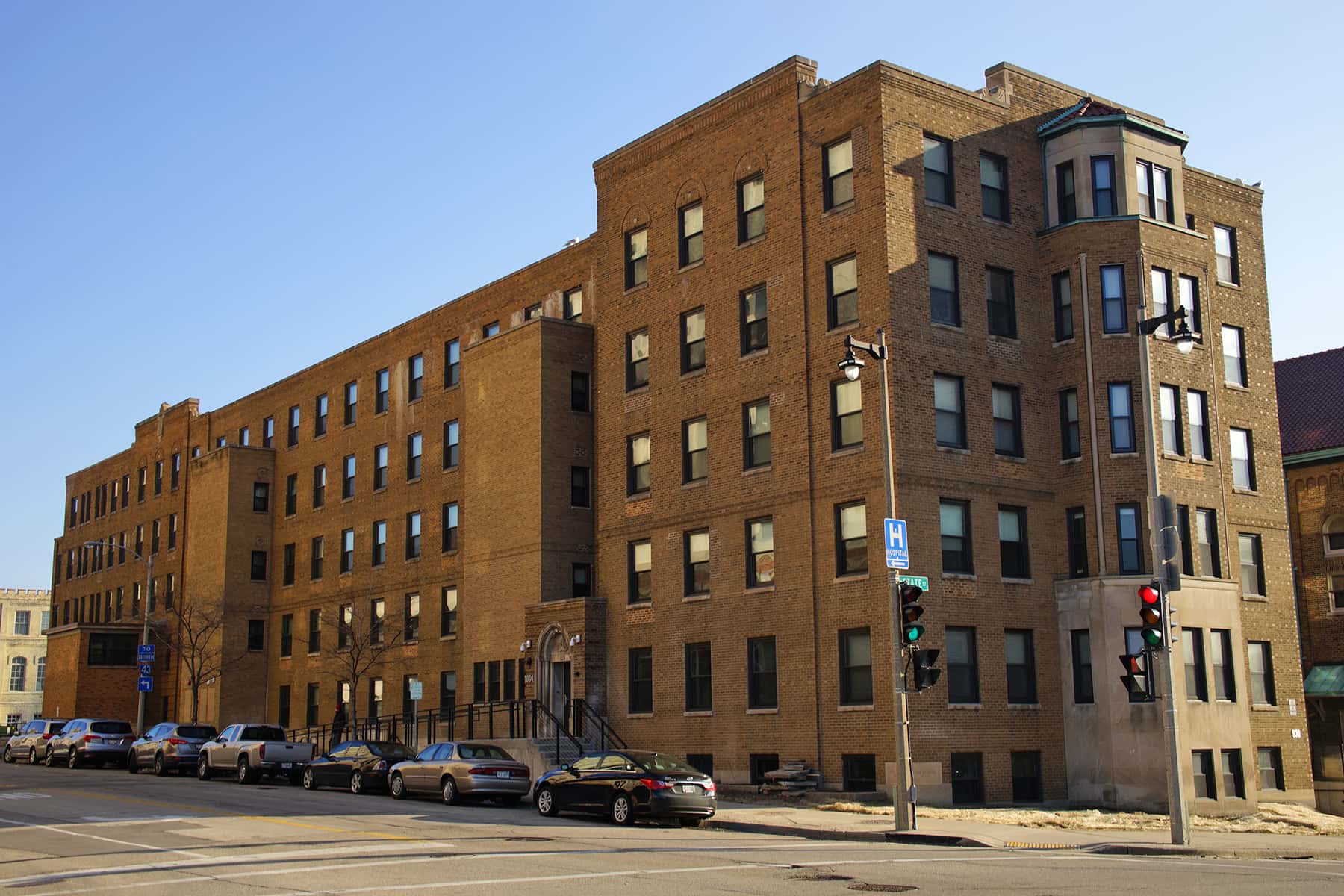
After more than three decades of sitting vacant, the former and historic St. Anthony’s Hospital has a new name and new purpose purpose for serving the Milwaukee community.
Located at 1004 N. 10th Street, St. Anthony Place opened on March 15. The redevelopment now features 60 modern apartments, 39 of which will house individuals with housing vouchers from the Milwaukee County Department of Health and Human Services’ Housing Division.
“St. Anthony Place is a huge step in Milwaukee County’s effort to end chronic homelessness in our community and provide permanent, supportive housing for those in need,” said Milwaukee County Executive Chris Abele. “Since our coordinated effort to provide housing first began in 2015, overall homelessness in Milwaukee County has dropped by 40 percent. This project will surely help us reduce that number even further. It’s a prime example of how Milwaukee County leverages creativity, resources and partnerships to reinvent a vacant space for public good.”
The adaptive re-use development transformed the vacant five-story building across the street from the Milwaukee County Correctional Center into one-bedroom and efficiency units of high-quality housing with onsite supportive services.
The Wisconsin Housing and Economic Development Authority (WHEDA) allocated $554,974 in affordable federal housing tax credits to help finance the apartments.
The St. Anthony Place was project was developed by Chicago-based Heartland Housing, and supported by neighboring Capuchin Community Services, Ascension Wisconsin, the City of Milwaukee, the Wisconsin Housing and Economic Development Authority, and the Wisconsin Economic Development Corporation.
“We couldn’t have made such a historic project like St. Anthony Place happen without the kind of partners we have in Heartland, Capuchin, Ascension, and others,” said Mary Jo Meyers, Milwaukee County DHHS Director. “Their help in focusing on the social determinants of health in Milwaukee County will go a long way toward accomplishing our mission of empowering safe, healthy, meaningful lives.”
Milwaukee County provided a $1.8 million grant for the project that saves the old St. Anthony Hospital, whose importance to the African American community is recognized in the buildings listing on the National Register of Historic Places. Additionally, the County is co-locating a Day Reporting Center inside the facility as a community-based alternative to incarceration; contributing $50,000 annually for support services from the Housing Division; and contributing $400,000 annually in the form of 39 project-based, County-administered vouchers using the Housing First philosophy.
“The 39 individuals placed in St. Anthony were placed through our Milwaukee County Housing First program, specifically targeting those who have a lengthy homeless history,” said James Mathy, Milwaukee County DHHS Housing Administrator. “Housing First recognizes that housing without preconditions is the cure for homelessness. Since starting this project in 2015, we have housed more than 750 homeless individuals and remain on track to become the largest county in the nation to end chronic homelessness.”
The city of Milwaukee, Milwaukee County, and WHEDA have formed a partnership to help end chronic homelessness in the county. St. Anthony Apartments was designed to assist a variety of vulnerable households, including chronically homeless persons, those prone to homelessness, persons with a behavioral health condition and justice involved persons.
“The Capuchins will now have a significant opportunity, through their faith-based mission, to expand their outreach to the hungry and homeless of downtown Milwaukee with supportive housing that’s permanent,” said Ivan Gamboa, WHEDA Board Chairman.
© Photo
Lee Matz




